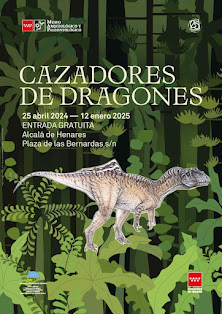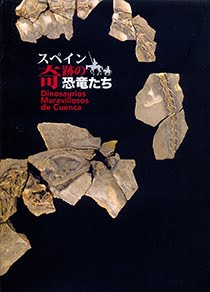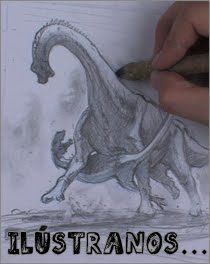Dentro de la línea de investigación de paleopatologías, varios miembros del Grupo de Biología Evolutiva de la UNED presentaron la comunicación titulada: “A close look to an anomalous Iguanodon bernissartensis tibial bone overgrowth”. En esta contribución, se presentan los resultados obtenidos en el análisis radiológico de la tibia patológica de un espécimen de Iguanodon bernissartensis de la cantera de Mas de la Parreta (Morella, Castellón). El uso de tecnologías de tomografía computarizada ha permitido realizar un diagnosis diferencial que revela una novedosa condición patológica dentro del registro fósil dinosauriano. El resumen es el siguiente:
The evidence of paleopathological bone lesions in large-sized ornithopod dinosaurs is nowadays increasing significantly. However, most of these findings relate to hadrosaurids, whereas the record of pathologies associated with the styracosternan Iguanodon bernissartensis are mainly reported in elements of the axial skeleton. In the Iberian record, references to large-sized styracosternan limb bone lesions are extremely rare. Here, a detailed description of a paleopathological lesion on a right tibia from the Barremian Arcillas de Morella Formation (Eastern Spain) attributed to Iguanodon bernissartensis is provided. This tibia exhibits an anomalous overgrowth area at the midshaft, covering part of its posteromedial side. Gross examination reveals a smooth and swollen surface with a well-defined lobulated morphology that is thicker distally. CT scans reveal a moderate cortical expansion (i.e., hyperdense subperiosteal bone area). Differential diagnosis includes traumatic fracture callus, infections, and neoplastic growths. The studied anomaly is tentatively consistent with osteofibrous dysplasia, a fibro-osseous tumor commonly documented in mammalian tibiae and avian tibiotarsi. In most cases, this lesion is asymptomatic, although it can also appear associated with pain and swelling in the area of the deformity. Most tumors detected in fossil amniotes are usually cartilaginous or bony, and evidence of mesenchymal bone tumors, such as the one described here, is rare even in living genera. Hence, findings like this may be of valuable interest in expanding the spectrum of possible neoplastic paleopathologies in non-avian dinosaurs.
-----
Más información:





























No hay comentarios:
Publicar un comentario